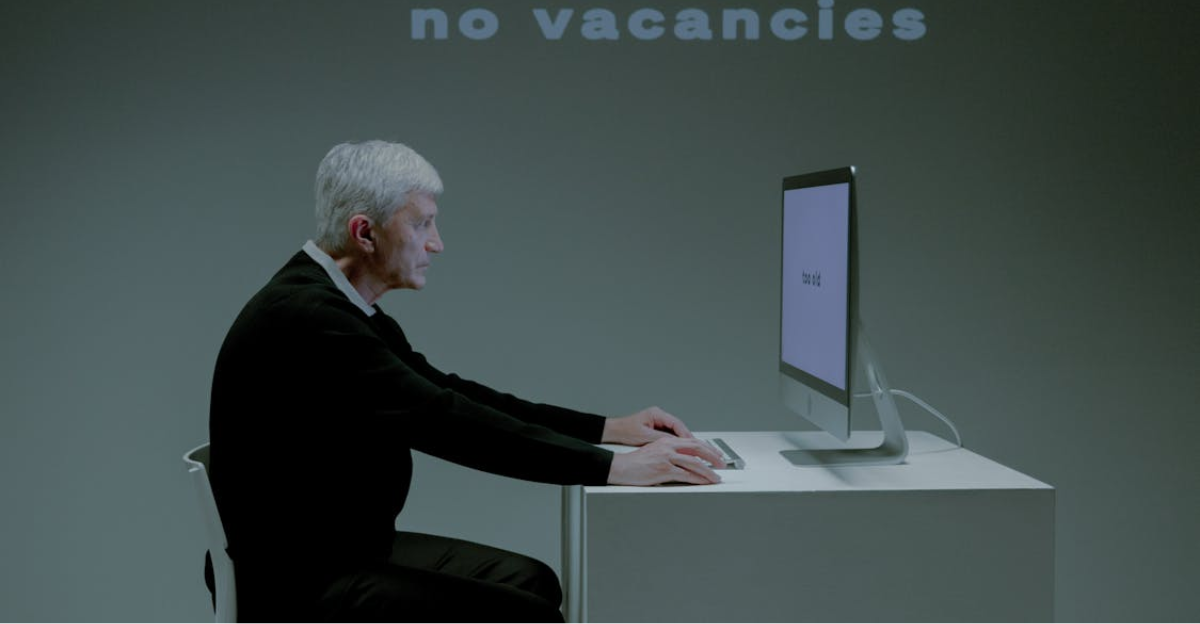
Remember when finding a job meant scrolling through popular recruiting sites? Those days are gone. Two industry giants have collapsed, less than a year after their parent company merged them in an $8 billion deal. Now, that same company has filed for bankruptcy, and their assets are being sold off at a fraction of their former value.
This isn’t just another business failure, it’s a complete warning about what happens when companies fail to adapt to new technology. While these platforms clung to older technology, AI-driven competitors surged ahead. Now, their downfall serves as an opportunity for smarter, more agile startups to take their place.
Rise and Fall of the Leading Recruiting Sites

It was Monster and CareerBuilder that ruled the online job searches back when dial-up connection was the norm. Monster peaked at $8 billion by 2000. CareerBuilder was the main website for job recruitment in the 90s. For years, they charged employers to post jobs and sold resume database access. But competition like Indeed and Google for Jobs started to get traction by the 2010s. But it’s not enough to simply place jobs as digital classified ads now. People are more interested in matching specific jobs rather than keyword spam. Their inability to innovate at a faster rate made them less relevant and gave way to their ultimate collapse.
Last-Ditch Effort to Save Both Companies

Before filing for bankruptcy, both companies tried to turn things around. Monster rebranded with the promise of AI-job matching but the technology remained behind their competitors. CareerBuilder changed directions to focus on HR analytics, however, it was too late. In their attempt to keep up with these new-generation platforms, both companies came to the decision to merge in September 2024. The new company believes that the combination of resources will make them stand out in an increasingly high-tech and crowded job market. Nonetheless, the merger didn’t provide the needs of scale or innovation to drive them back to profitability.
Bankruptcy Filing
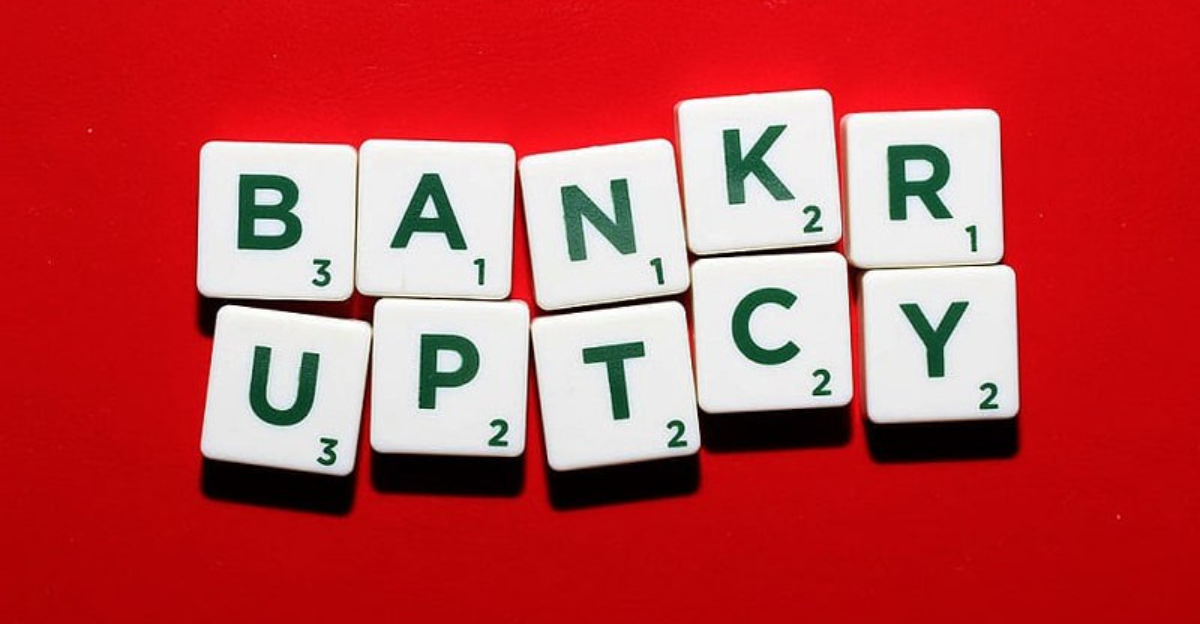
Monster and CareerBuilder both filed for bankruptcy this June 2025. The filings revealed staggering losses, Monster owed over $500 million to creditors while CareerBuilder faced $300 million in debt. Both companies cited declining ad revenue and failed restructuring efforts as key reasons for their collapse. The filings triggered mass layoffs, with thousands of employees losing jobs. The stock prices of their parent companies plummeted, and industry analysts declared the end of an era. The bankruptcy proceedings are likely to involve asset sales, with rivals circling to acquire remaining technology and customer data.
Who’s Buying What
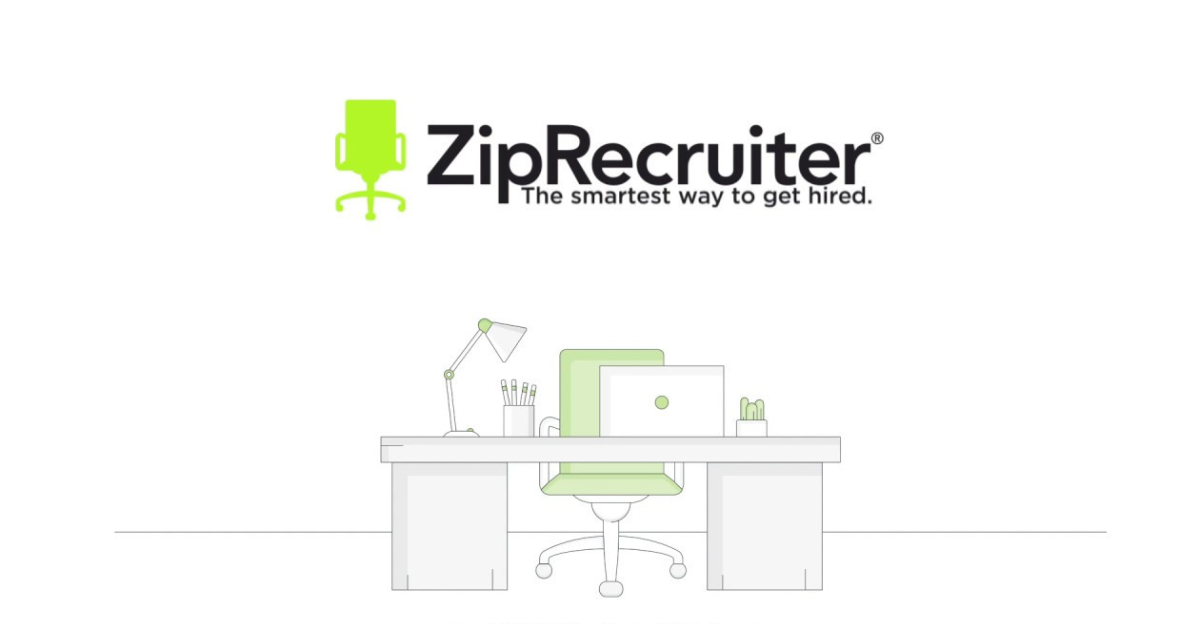
With both companies in bankruptcy, competitors are eyeing their assets. LinkedIn and Indeed may bid for Monster’s resume database, while private equity firms could scoop up CareerBuilder’s HR analytics tools. Smaller job platforms like ZipRecruiter and Dice might acquire niche segments of their businesses. However, much of their technology is outdated, reducing its value. The most sought-after assets are their remaining corporate clients and candidate profiles, which could be integrated into modern recruiting platforms. The fire-sale prices reflect how far these once-dominant companies have fallen.
Competitive Threats That’s Reshaping the Job Market
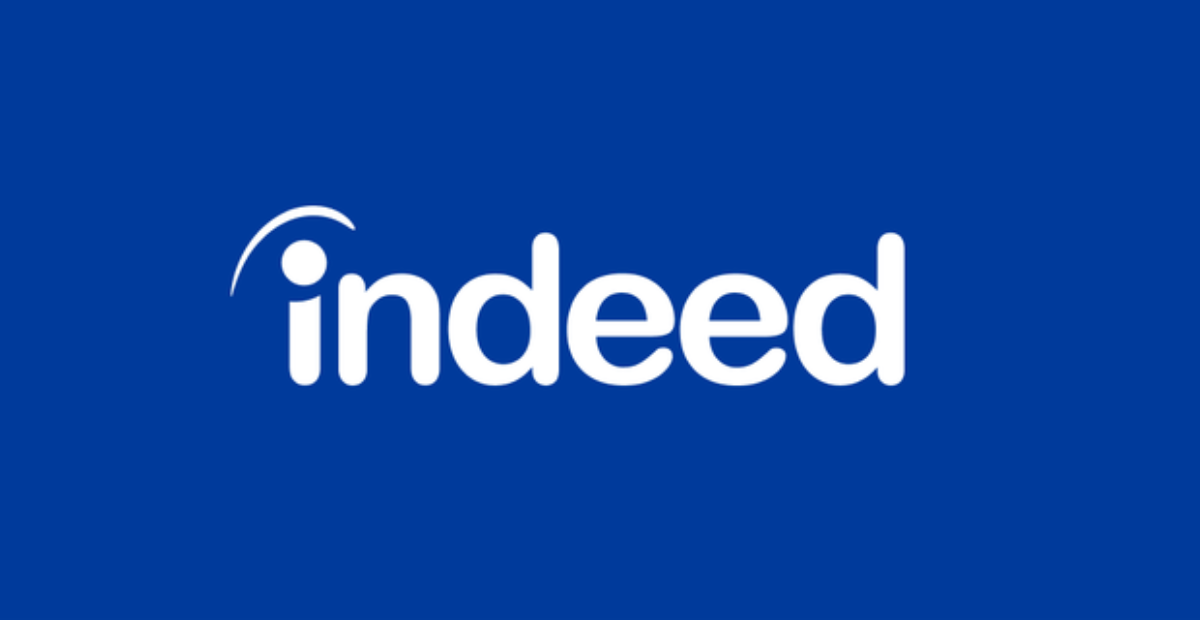
The rise of Indeed, LinkedIn, and Google for Jobs crushed Monster and CareerBuilder. Indeed’s free listings for employers and superior search functionality made paid job boards obsolete. LinkedIn combined networking with job searches, offering a more holistic hiring solution. Google for Jobs, launched in 2017, allowed job seekers to bypass traditional platforms entirely. Niche sites like AngelList and Handshake have also further fragmented the market. AI-driven recruiting tools such as automated resume screening and chatbot interviews have rendered old-school job boards irrelevant. Monster and CareerBuilder failed to keep up with these changes that sealed their fate.
The Failure to Adapt
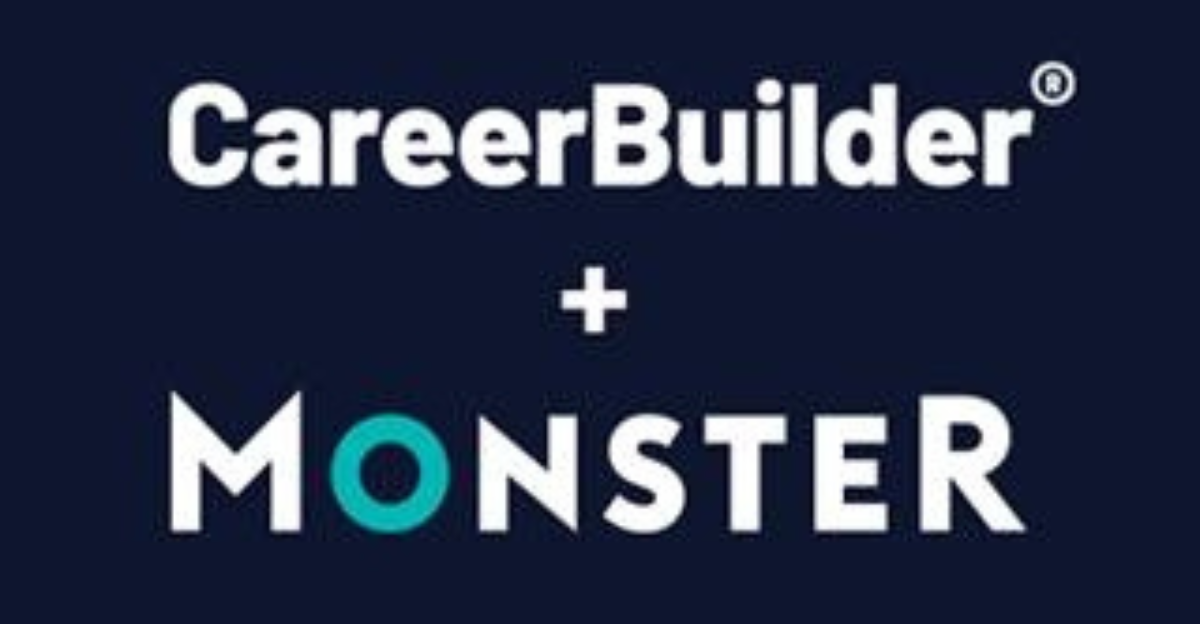
Monster and CareerBuilder’s biggest mistake was clinging to a dying business model. They had competitors developing AI-powered, mobile-first solutions, but they were still optimizing websites that were initially developed in 2005. Both companies claimed that the gig economy was a trend and they did not take social recruiting seriously. Even their rebranding efforts felt half-hearted. In a fast-changing job market, stagnation equals failure. Their downfall serves as a warning: you either adapt or disappear.
Financial Realities

Years of declining revenue and heavy debt led to their downfall. Monster’s revenue dropped 40% from 2020 to 2025, while CareerBuilder saw a 35% decline. Private equity ownership saddled both companies with unsustainable debt. Monster owed $500 million, and CareerBuilder $300 million. With fewer employers willing to pay for job postings, their core business model collapsed. Cost-cutting measures, including layoffs, couldn’t offset losses. The final blow came when major corporate clients abandoned them for cheaper, more effective alternatives like LinkedIn and Indeed.
Industry Reactions and Expert Analysis

Recruiting experts say the bankruptcies were inevitable. “They failed to innovate while the market evolved around them,” said one analyst. Competitors like LinkedIn and Indeed capitalized on AI and mobile trends, leaving Monster and CareerBuilder behind. Some experts blame private equity for prioritizing short-term profits over long-term growth. Others argue that their outdated technology made recovery impossible. The consensus? Their collapse signals the end of traditional job boards. The future belongs to AI-driven, social, and niche recruiting platforms.
What’s Next for Online Recruiting?
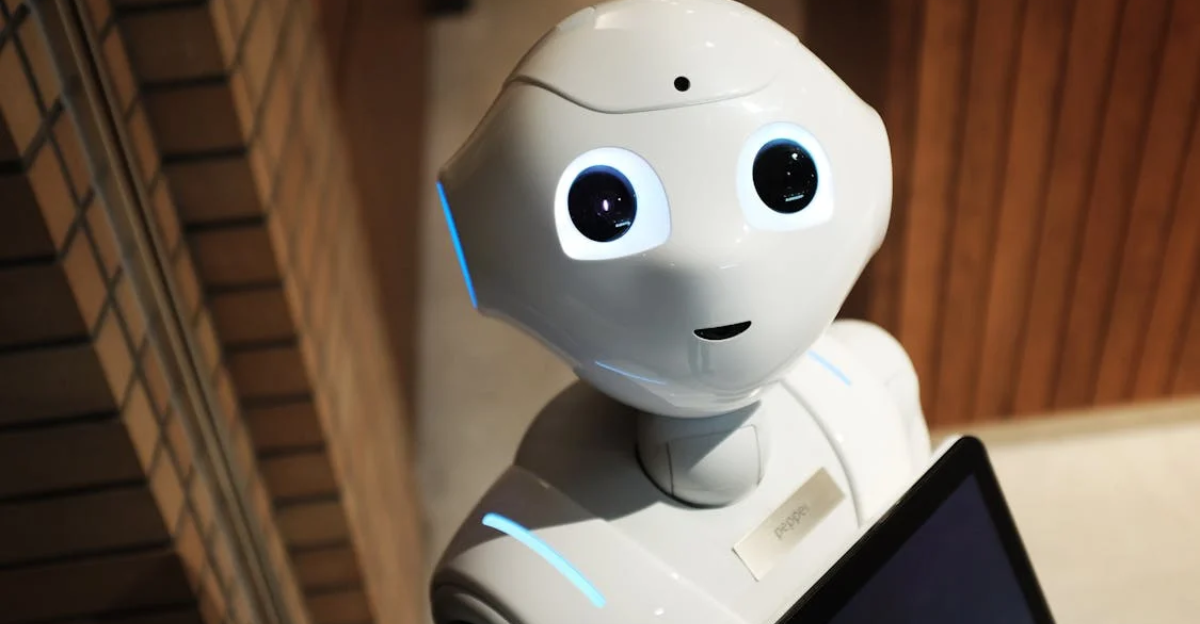
The future of job hunting will be AI-driven and distributed across numerous platforms, including social media. LinkedIn and Indeed will remain large, but smaller networks such as AngelList and Handshake will probably expand. AI will also now check resumes, conduct interviews, and even determine salaries. Freelance platforms like Upwork will continue to expand as gig work increases. The next wave will be pioneered by companies that experiment, those that add VR career fairs or those that use blockchain-based credentials. The days of Monster and CareerBuilder are gone. The next chapter in recruiting has already begun.
